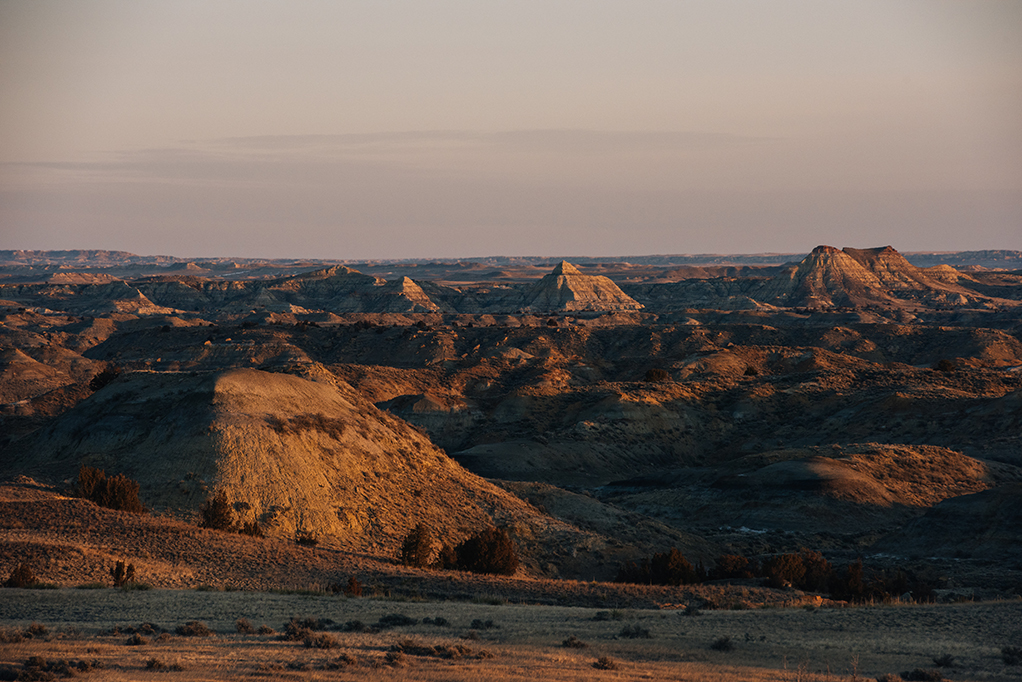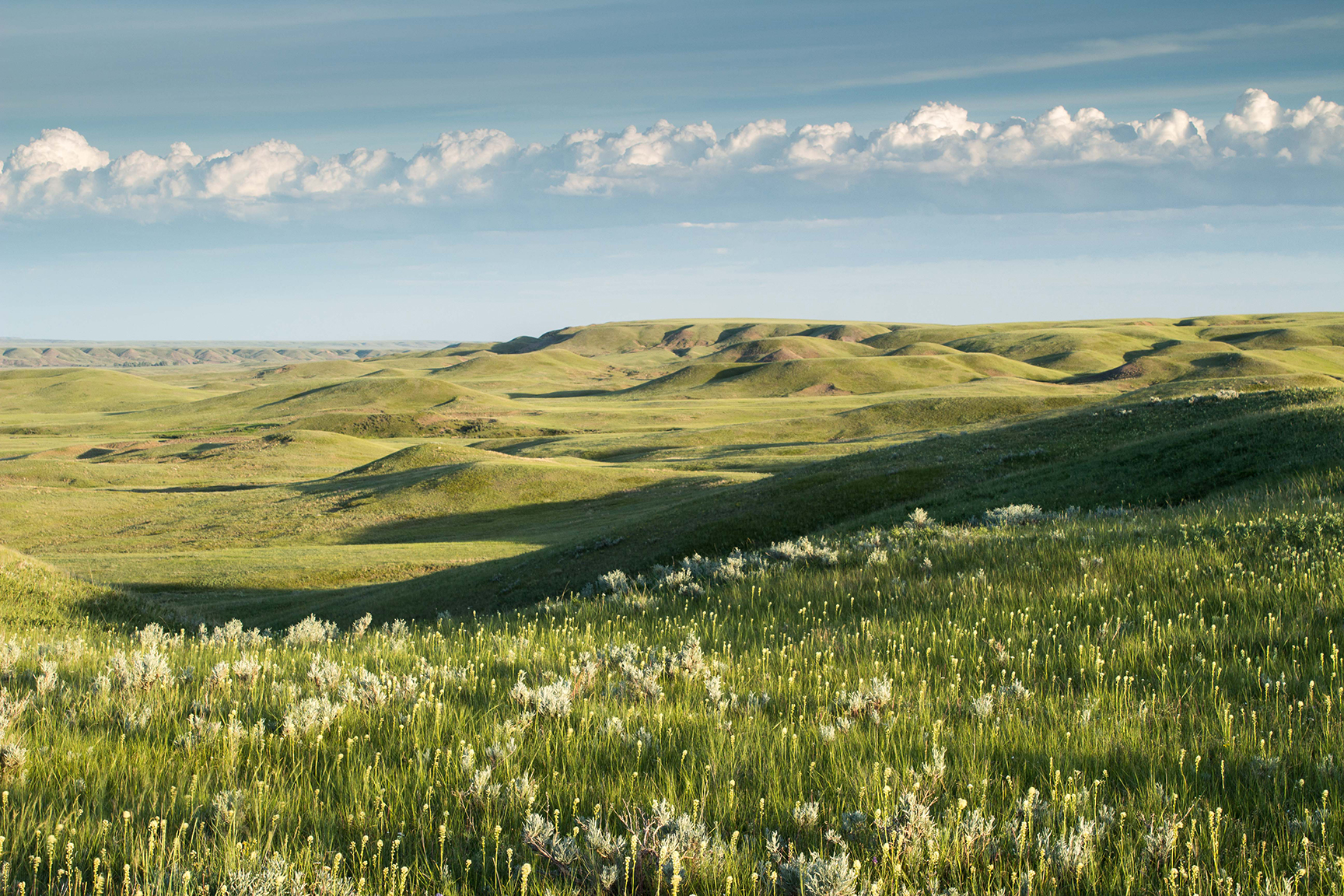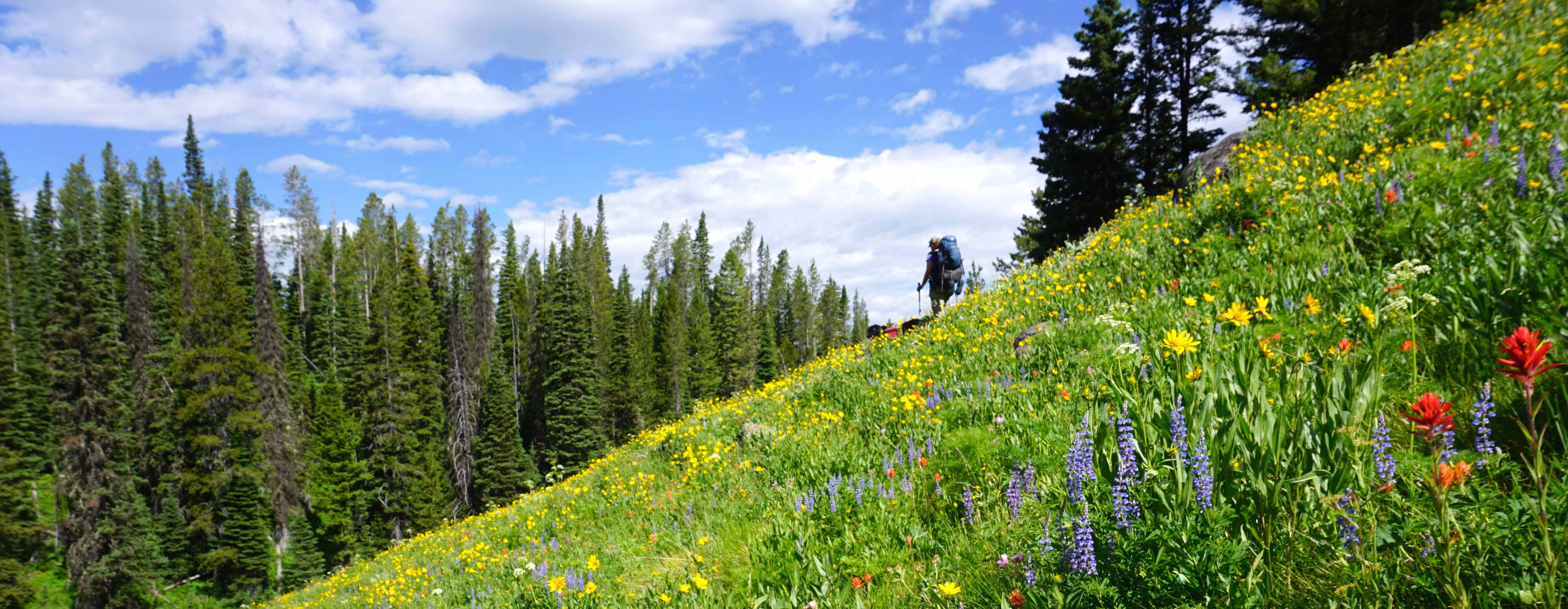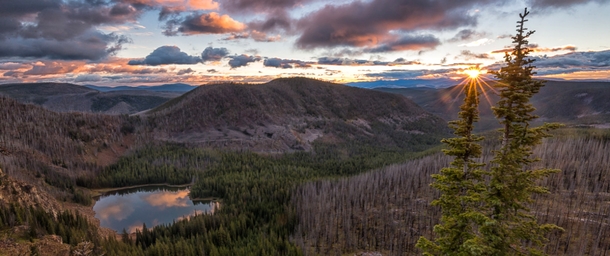Wilder than the National Parks
Republican bills threaten nearly one million acres of pristine Montana wilderness. The public lands at risk are wilder, quieter, and darker than many National Parks.




Senator Steve Daines (R-MT) and Congressman Greg Gianforte (R-MT) claim that 29 Wilderness Study Areas in Montana are unsuitable for wilderness protection. On the basis of decades-old reviews by federal agencies, and unfazed by the disagreement of their constituents, they have proposed opening the targeted lands to "multiple use". Multiple use policy often includes logging, mining, energy development, and motorized travel. If passed, their bills would comprise the single largest reduction in protected lands in Montana's history.
What do we stand to lose if these areas are developed? A recent study by Bozeman-based ecologist Travis Belote reveals that the targeted wilderness study areas are wilder, darker, and quieter in many cases than our most iconic wild places: the National Parks. Belote's analysis uses mapped data to compare each of the threatened areas to national parks on several measures of conservation value.
WILDNESS
How much have humans impacted the lanscape? Calculated using human modification data based on land cover, human population density, roads, and other mapped data on ecological condition.
DARKNESS
Can you see the Milky Way? Calculated using satellite-measured light intensity from the VIIRS nighttime lights data and measures how the intactness of the night sky has been inhibited by light pollution.
QUIETNESS
How quiet is the landscape? Calculated using mapped data of human-generated noise pollution based on field observations and a spatial model using landscape features that influence sound propagation.

So far, the conversation on wilderness study areas has been a disappointing reflection of the toxic climate currently reigning in the American political landscape, rife with outright lies(Daines claimed in an op-ed, since edited, that hunting is not permitted in WSA’s) and an astounding lack of public input(neither Gianforte nor Daines have held public meetings). Belote’s research offers a great opportunity to pivot the discussion.
Rather than a blanket release of protections for an area the size of Rhode Island, based on reviews performed over thirty years ago, we should weigh each wilderness study area individually and objectively on its merits. Explore how each of the threatened areas stacks up against our national parks with the interactive tool below.